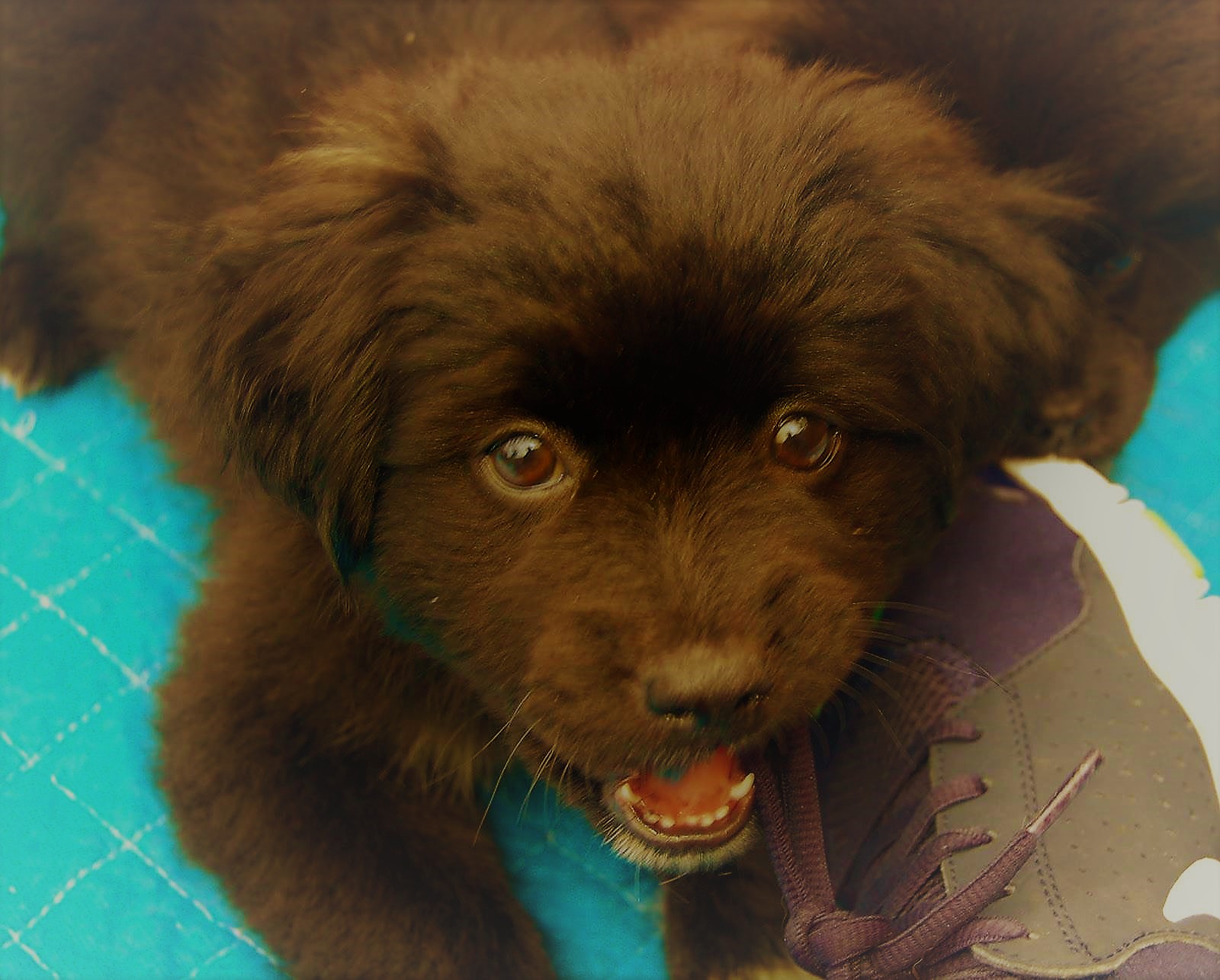Schipperkes are intelligent, energetic dogs who love huge loads of attention and play well with children and different pets. They arrive in a variety of coat colors including black, blue, grovel, and some more. Brown schipperke is uncommon which is an extremely basic color in other dog breeds and similar to this there are a lot more facts about this dog breed and some of them are listed underneath.
Origin
The schipperke is an old Belgian breed that goes back a few hundred years. The first mention of the schipperke was by a priest in the 1400s. In 1690, guild laborers in Brussels held a show featuring the schipperke, known as the spits or spitzke. The Schipperke quickly got well known on the scows and procured its name schipperke, which signifies “little captain” in Flemish. Frequently called the “trench pontoon dog,” these dogs were mainstream with the merchants as well.
Coat
The schipperke’s coat has a medium length external coat and a thick undercoat or twofold coat. Solid black, it is easily thought about with brushing and combing once per week. Schipperkes have longer hide on the neck and chest and down the limbs. They shed twice every year. Schipperkes require showers once every month or more if dirty.
Personality
Schipperkes are active and curious dogs. In light of their history as companions, schipperkes don’t make great pet hotel dogs and lean toward being with their proprietors. They are highly intelligent and need activities to keep them occupied to forestall destructive behavior, for example, excessive barking, chewing, and digging.
Little Black Devil
The Schipperke is a little black dog with the tenacity of a Jack Russell Terrier and the core of a lion. Frequently alluded to as the Belgium Barge Dog, this breed of dog is really a Dutch breed.
Watchdog
They make great watchdogs, yet they are inclined to bark excessively. They are held toward outsiders. Their size prohibits them from being effective gatekeepers dogs. They can’t deal with unpleasant treatment and may snap if surprised or teased. Schipperkes are ideal for proprietors who need a little sized, active dog that doesn’t require an enormous yard. Schipperkes can be satisfied with strolls and rounds of bringing. These dogs don’t do well taken off alone for extensive stretches.
Family Pet
The faithfulness of the Schipperke will in general make it a fantastic family pet, insofar as the family doesn’t likewise keep pet mice, rodents, reptiles, hamsters, rabbits, guinea pigs, hermit crabs, and yabbies as well.
Eminence
It wasn’t until the last part of the 1800s that the Schipperke was finally given a breed standard and entered in pet hotel club shows. However, their popularity took off when Queen Marie-Henriette took on a few of the breeds making them highly fashionable. Before long the Schipperke was everywhere with some cheats cashing in on the franticness offering anything that firmly took after the little black dog.
Tail
Schipperkes can be found with and without tails. In spite of the fact that the practice is falling by the wayside, breeders still have the choice to dock the tail of infant puppies. At the point when left intact, the tail will nicely crest over the dog’s back. It is one of the main traits that gets the dog mistaken for a spitz breed. However, a few Schipperkes have been brought into the world with no tail by any means.
